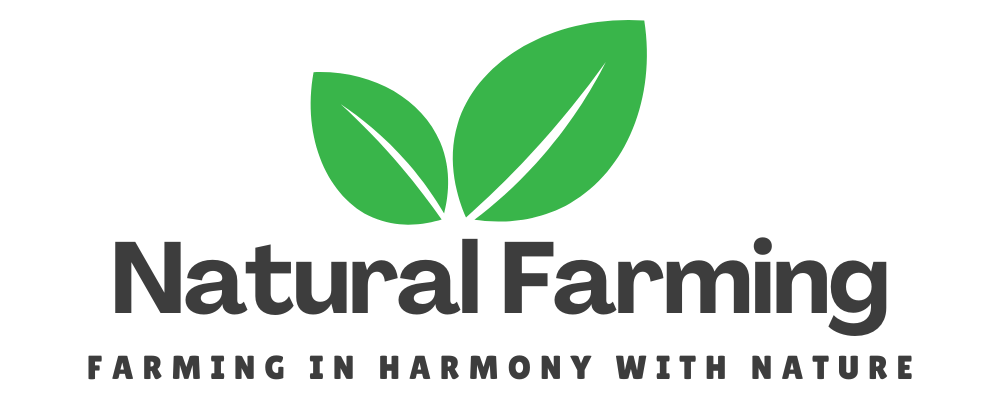Mango is very popular fruit in India. It is also called as ‘King of Fruits’. People of their young age to old age like mango for its taste and aroma. It is good source of vitamin ‘A’ and vitamin ‘C’. Many biproducts like pickle, chuttney, squash, murabba etc. can be prepared using mango fruits either ripe or unriped. Because of its wide use and popularity if you are planning to establish an orchard of mango fruit in 2024 than you are at the right place to learn.
Climatic Conditions
Tropical and subtropical climate are suitable for cultivation of mango. Regions which get most of its rain during the month of June to September are very ideal region. Weather should be clear (no rain) at the time of flowering and fruiting. The regions with minimal or excessive rains are not suitable for mango cultivation.
Soil
Loamy soil with 6.5 to 7.5 pH and good amount of organic content are required for cultivation of mango. There should be no barrier upto 2 meter depth and proper arrangements to escape from water logging.
Improved Varieties
Advance varieties – Bombay Green, Kesar
Medium varieties – Langda, Dashahari, Mallika, Amrapali
Late varieties – Chousa, Fazli
Other varieties – Pusa Arunima, Pusa Surya, Pusa Lalima, Pusa Shreshtha, Pusa Pratibha, Pusa Pitambar, Ambika, Arunika etc.
Propagation
Plants of mango are propagated by seed and vegitative methods. Vegitative methods include inarching, winear grafting, softwood grafting and stone / epicotyle grapfting.
Plantation
Pits of 1x1x1 meter size are prepared in summer season or one month before plantation and kept open for sterlization. Plantation of prapagated plants are done in July – August or rainy season. Before planting apply well decomposed 25 kg FYM (Farm Yard Manure), 50-100 gram methyl parathion (2%) poweder in each pit with soil. Usually plant to plant distance is 10 meter but for Amrapali variety is planted at distance of 2.5 meter.
Manures and Fertilizers
| Name of manure/fertilizer | 1st year | 2nd Year | 3rd Year | 4th Year | 5th Year and later | Application |
| Farm Yard Manure | 15 | 30 | 45 | 60 | 75 | December |
| SSP (SingSuper Phosphate) | 0.25 | 0.50 | 0.75 | 1.00 | 1.00 | January |
| MOP (Muriate of Potash) | – | – | – | 0.25 | 0.50 | January |
| Urea | 0.25 | 0.50 | 0.75 | 1.00 | 1.75 | March June |
Irrigation
Irrigation is required per week in summer and per 15 days in winter season. There is no requirement of irrigation in rainy season. At the time of fruiting soil should be moist but at the time of flowering no irrigation is suggested.
Insects
Mily Bug – This insect sucks sap from soft branches and inflorescence. Ploughing in month of December and tieng a 30-40 cm wide polythene sheet, 60 cm above the ground level, around the stem prevents spread of this insect. For chemical control spray imidacloprid solution (1 ml in 3 litre water).
Bark Eating Insect – This insect enters in, makes tunnel in stems and branches and eats the bark. Use a cotton bunch dipped in Kerosine or petrol and put in the tunnel and air tight the tunnel with wet soil.
Diseases
Powedery Mildew – White colour poweder is visible on branches, leaves and inflorescence. Leaves and inflorescence fall in case of severe attack. Use 2.5 gram soluble sulpher or Kairathen 1 ml per liter water to control this disease.
Anthracnose – Black and brown spots on leaves and falling of leaves in case of severe attack are symptoms of this disease. To control this disease, cut down the affected branches and leaves and destroy it. For chemical control use Copper Oxychloride 3 gram per litre water or Mancozeb 2 gram per litre water.
Physiological Disorders
Mango Malformation – Leaves and inflorescence shrink and turn into a bunch and causes negative impacts on yield and growth of plants. Use NAA 200 ppm solution in the month of September-October. Spray Dimethoate on new branches and cut down the advance inflorescences from the plant.
Black Tip – Orchards near any brick factory faces the issue of this disorder. Establishment of orchards away from brick factory or putting chimney at more height is good way to escape. Spraying borax 0.6 % solution after fruiting at the interval of 15 days is suggested for chemical control.
Alternate Bearing – Usually fully developed plants provide good fruiting one year (On Year) and less fruiting the next year (Off Year). Planting advance varieties with no alternate bearing habit is good solution. Application of good amount of manures and fertilizers, growth harmones can help in fruiting each year.
Yield
Fuits with light yellow colour shows maturity. 80-100 kg fruits can be obrained from a mature plant.
Note – Before applying any chemical control measure, visit nearest agricultural department office or krishi vigyan kendra for proper identification of insect, disease and appropriate technical assistance.
